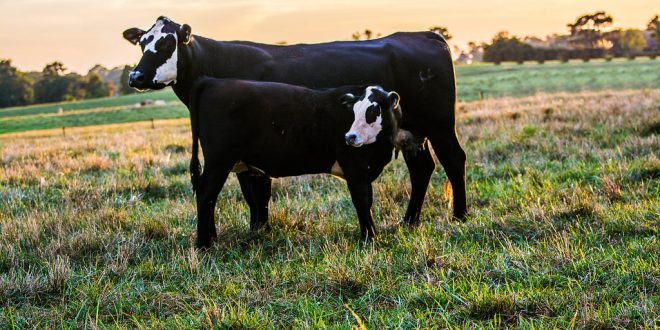By Justin Miller

Extending the grazing season can improve cattle operations. This saves producers time and money invested in the operation. Whether it is as simple as dividing a pasture into two different paddocks or implementing a more complex system, farmers should consider implementing improved grazing management strategies to help the grazing season.
Dr. Kim Mullenix, an Alabama Extension beef cattle specialist, said there are a few keys to remember for extending the grazing season.
“Pastures must have a time of rest and recovery in order to have a successful grazing plan,” said Mullenix. “Using an improved grazing method has the potential to help extend the number of grazing days.
While there are many grazing options, no one method will fit every operation. Grazing methods can range in difficulty as well as labor required.
Rotational Stocking
Rotational stocking is where animals are placed in a given pasture and then moved to another on a rotational basis. This method can improve the forages available for producers by giving a pasture a time of rest. A farmer can choose how many paddocks they want to manage. Keeping in mind the more paddocks the more labor is required to manage them.
Deferred Grazing
Deferred grazing, or stockpiling forage, is a method proven to help producers gain more grazing days before having to feed hay. Using this method can potentially extend the number of grazing days anywhere from 30 to 60 days or longer depending on the forage available.
Limit Grazing
Limit grazing is another way to provide high-quality forage as a supplement to lower-quality hay during the winter months. Here animals are allowed periodic access to a high-quality pasture and then returned to a hay feeding area. The method greatly increases the efficiency and utilization of high-quality forages.
Creep Grazing
Creep grazing allows young nursing animals access to higher-quality forage that is not accessible to lactating animals. Access to these paddocks can be provided through a creep gate or an opening in between the hay feeding area and high-quality pasture. Research shows increased daily gains of 0.5 to 0.75 pounds per day in calves grazing using this method.
Source:aces.edu